Hyundai Motor Group (HMG) recently held its ‘Unlock the Software Age’ global online forum, where it announced a new global strategy to transform all vehicles to what it calls ‘Software Defined Vehicles’ or SDVs by 2025.
The company, which has the Hyundai, Kia, Genesis and Ioniq brands under its wing, is placing a heavy emphasis on software as part of its future in order to ensure all models, including those already purchased, remain up to date.
Through over-the-air (OTA) updates, vehicles functions covering safety, convenience, connectivity, security and driving performance can be enabled or upgraded, and all vehicles from the group will be equipped to receive OTA updates by 2025.
This concept is nothing new in the automotive world, as various models from HMG like the Genesis GV60 and Ioniq 5 already come with a range of connected services. In fact, software updates were first introduced by the group in 2021 and will be further expanded across vehicles models in various markets from 2023.
The new roadmap being revealed takes things a step further by being all-inclusive, with every single vehicle from HMG – be it electric and internal combustion engine – set to be equipped to deliver a cohesive connected car experience.
To support this plan, HMG said it will invest no less than 18 trillion won (around RM59 billion) in sectors such as its new Global Software Centre as well as R&D headquarters to further strengthen software capabilities for SDV development. This will also involve hiring the world’s best software developers and creating devices and services that prioritise the user experience (UX).
As HMG is still in the business of building cars, the company says it will significantly reduce the time required to mass produce them by developing a shared hardware and software platform for vehicles. It adds that reducing vehicle complexity is key to the effectiveness of SDV technology and the backbone for this is the group’s Integrated Modular Architecture (IMA).
This comes in the form of two new EV platforms called the eM and eS. The former is a passenger EV-dedicated platform that is claimed to provide a 50% improvement in driving range on a single charge compared to current EVs, although the company didn’t say if it was specifically referring to EVs built on the “older” Electric-Global Modular Platform (E-GMP). Aside from improved range, the eM platform will also support Level 3 or higher autonomous driving technology and the aforementioned OTA software updates.
Meanwhile, the eS platform is of a “skateboard” design and will be used exclusively for purpose-built vehicles (PBVs) with a fully flexible structure to meet business-to-business (B2B) demands as well as tailor-made solutions for companies operating in the delivery, logistics and ride-hailing sectors.
With further standardisation and modularisation of core components of EVs, such as batteries and motors, HMG will be able to expand its line-up more effectively. This will also see the use of an integrated vehicle controller so the software system can be upgraded in a more efficient and systematic manner.
Previously, the software system needed to be upgraded separately for each controller to improve the functions of vehicles, but with an integrated controller sees lower-level electrical components managed by top-level controllers, this increases the frequency of software updates and shortens the update cycle.
The company says the infotainment and advanced driver assistance system (ADAS) it currently produces will be advanced with the introduction of the latest integrated controller technology, and by 2025, both comfort and driving controllers will also be gradually integrated.
“The electrical and electronic architecture can be thought of as an organically connected structure that improves the function of a vehicle’s electrical device component. To develop the growing number of electrical components with systematic efficiency, Hyundai Motor Group chose to implement a ‘domain centralised architecture’, which structures groups and integrates controllers throughout the vehicle into four areas: comfort, driving, infotainment, and ADAS,” said Hyung Ki Ahn, vice president of Electronics Development Group at HMG.
“As this architecture significantly reduces development complexity and enables software updates to be carried out effortlessly without any requirement to manually modify the controller, it is ideal for presenting a variety of vehicle segments, and region-specific models tailored for different countries. It also enables us to respond flexibly to what consumers want in this fast-changing market,” he added.
The hardware will be supported by HMG’s internally developed Connected Car Operating System (ccOS), which is being developed in collaboration with Nvidia. The American tech company is famous for its graphics cards, but it also has plenty of experience in developing hardware like Nvidia Drive that powers the infotainment, ADAS and autonomous driving functions in cars.
Taking advantage of the Nvidia Drive platform, HMG will be able to perform large-scale data computation processing at a rapid pace and it will also develop a third-generation integrated controller with more processing power to handle autonomous driving technologies.
At this stage, HMG cars based on the second-generation integrated controller like the G90 is set to receive Highway Driving Pilot (HDP), with Remote Parking Pilot (RPP) set to be added on. The next-generation integrated controller will form the basis for mass-producing vehicles with Level 3 autonomous driving as well as the commercialisation of Level 4 and Level 5 autonomous driving levels when regulations permit.
Besides new hardware and software, HMG will also build a new data platform that can that can combine and process data generated throughout the vehicle’s entire life cycle, including manufacturing, production and operation, which will be used to create a broad range of innovative services.
The company expects 20 million vehicles to be registered to its Connected Car Services (CCS) worldwide by 2025, so sifting through tonnes of data will allow the group to better create a holistic mobility ecosystem.
The goal is to provide people with a convenient and seamless way to travel, even if they don’t own a car. The connected car data will network with future mobility solutions such as PBVs, advanced air mobility (AAM), robotaxis and robots, all of which are easily accessible by seamlessly connecting new mobility devices and services.
“By ‘movement’, we mean more than just moving between locations. We’re talking about the entire end-to-end journey, from leaving your house and meeting friends, to things like charging, shopping, eating, and finally returning home,” explained Chang Song, president and head of transportation-as-a-service (TaaS) division of HMG.
“Software-defined mobility will provide a holistic user experience based on vast mobility data and AI technology that understands user intentions and context. This way, all these journeys can be seamlessly connected,” he continued.
“Today, Hyundai Motor Group has revealed the technology concepts, strategies, and future scenarios related to software-defined vehicles that will underpin the core of future mobility,” said Chung Kook Park, president and head of HMG’s R&D division.
“Our holistic approach will empower Hyundai Motor Group to lead the transformation in the mobility paradigm. As we take these technological innovations from imagination to reality, Hyundai Motor Group will unlock the future potential of the car and open up new possibilities to rewrite the customer experience and deliver a new way of life, abundant with meaning and value,” he added.
Looking to sell your car? Sell it with Carro.

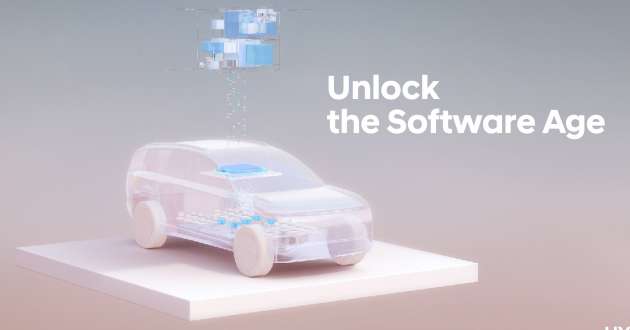




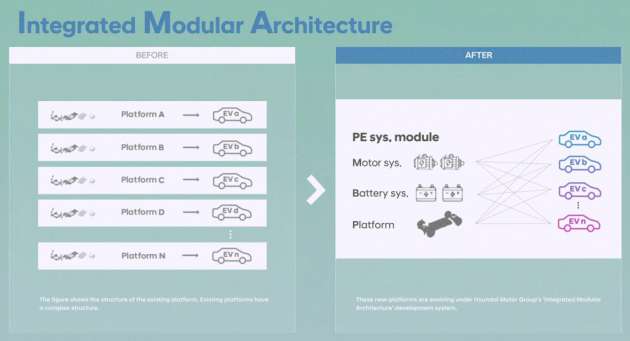
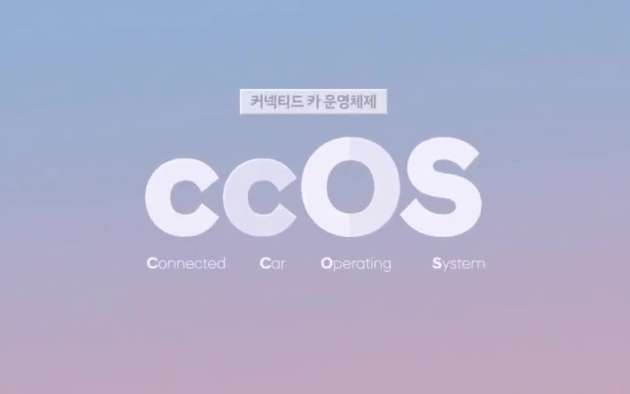
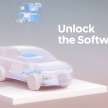






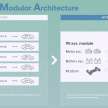

















Trully an amazing achievement by Hyundai! I hope Proton will learn more from Hyundai so that Proton can improve and not only reselling Geely cars
Proton and Hyundai last time sama taraf.
In fact, Proton was even ahead of Hyundai in many areas.
Today, Hyundai is successful worldwide, simply because their workers learnt to buck up and not lepak or drink teh 8X
Just wait till they increase their market size significantly until almost all their customers are on these SDV vehicles.. and they start imposing annual software subscription renewal fees across the board with progressive feature disablement when not renewed..